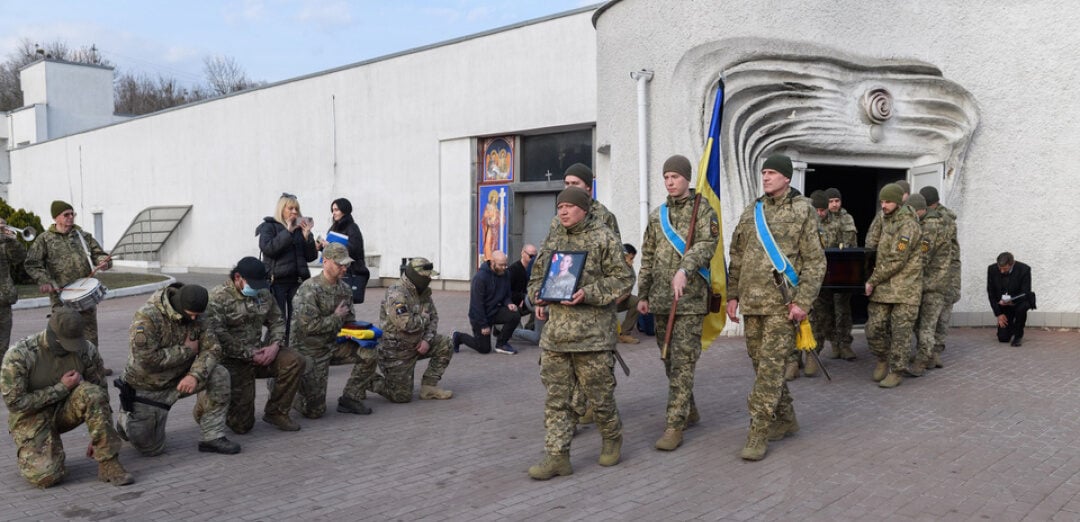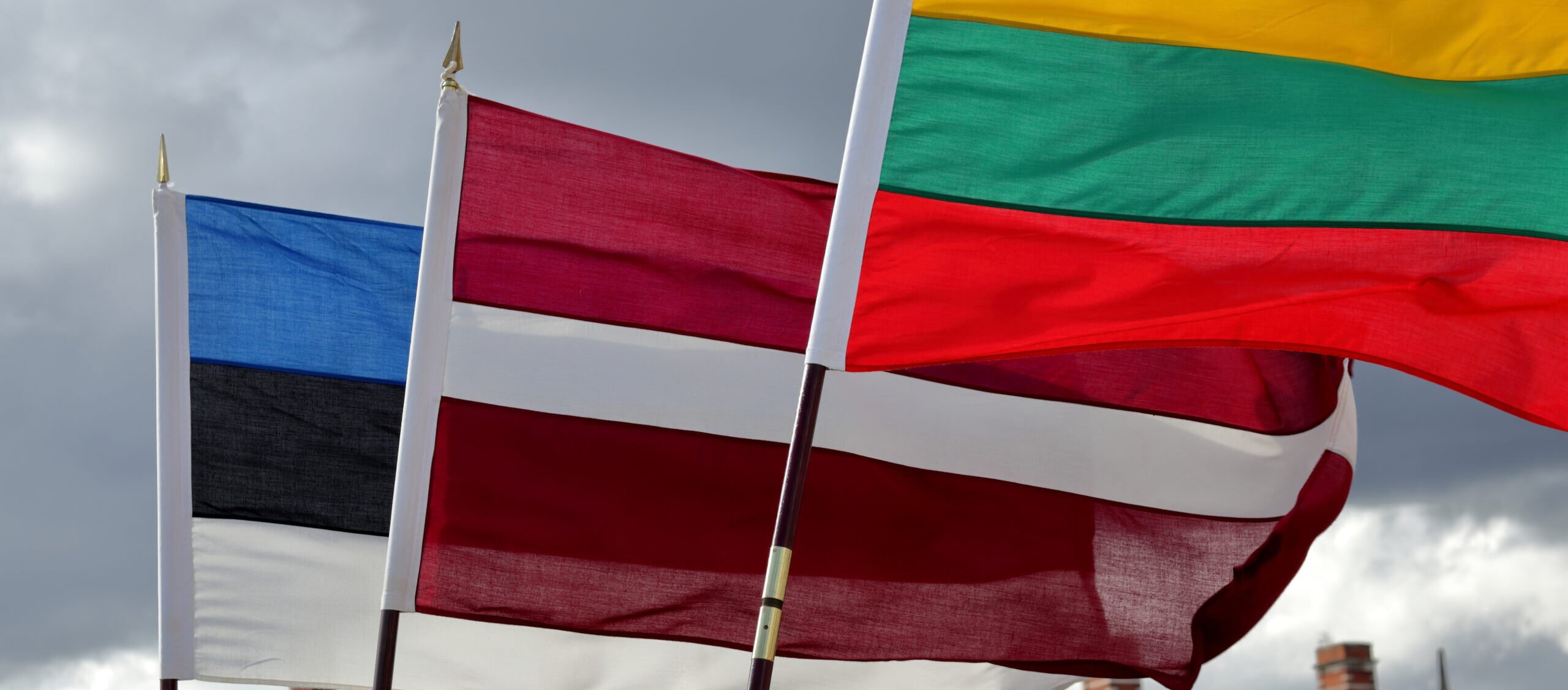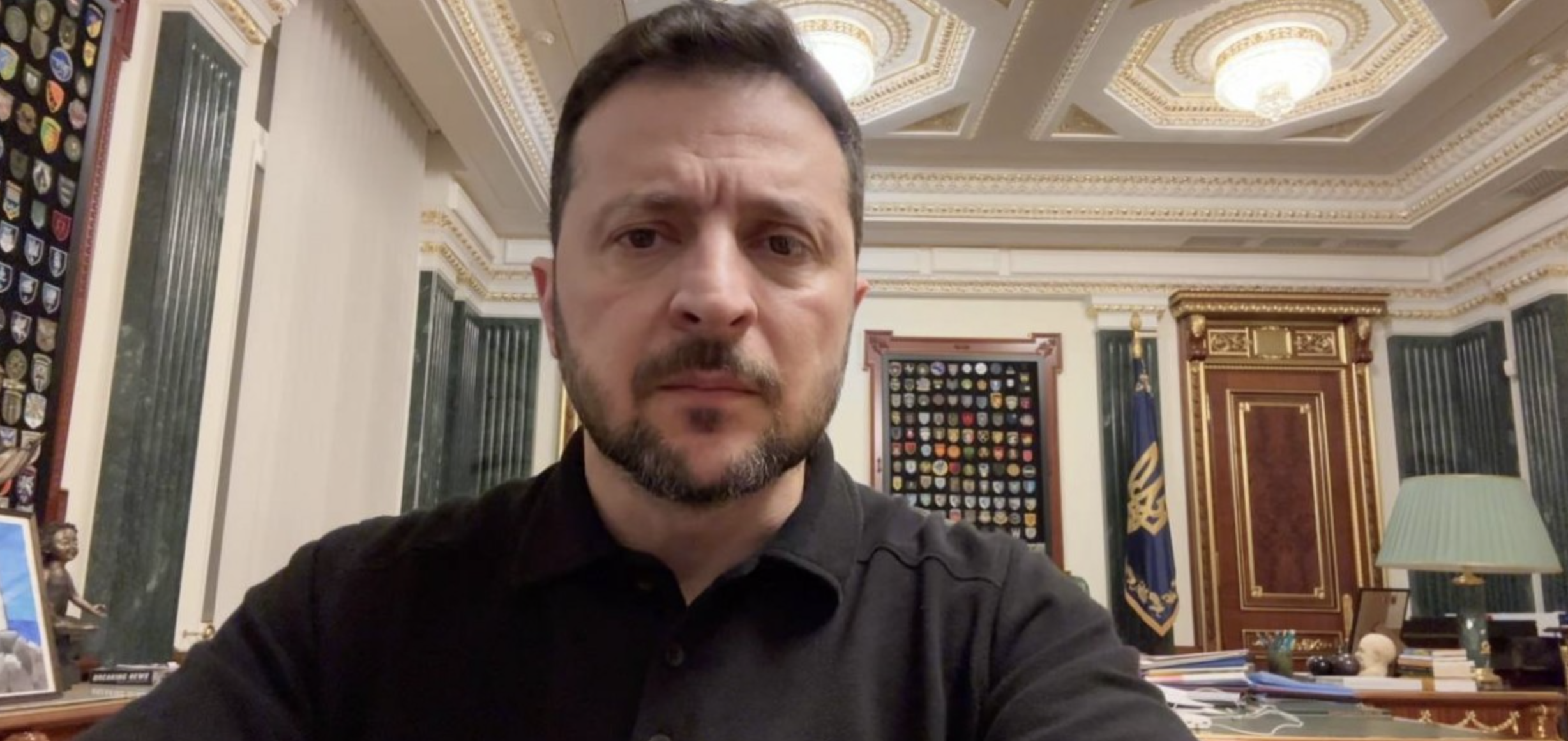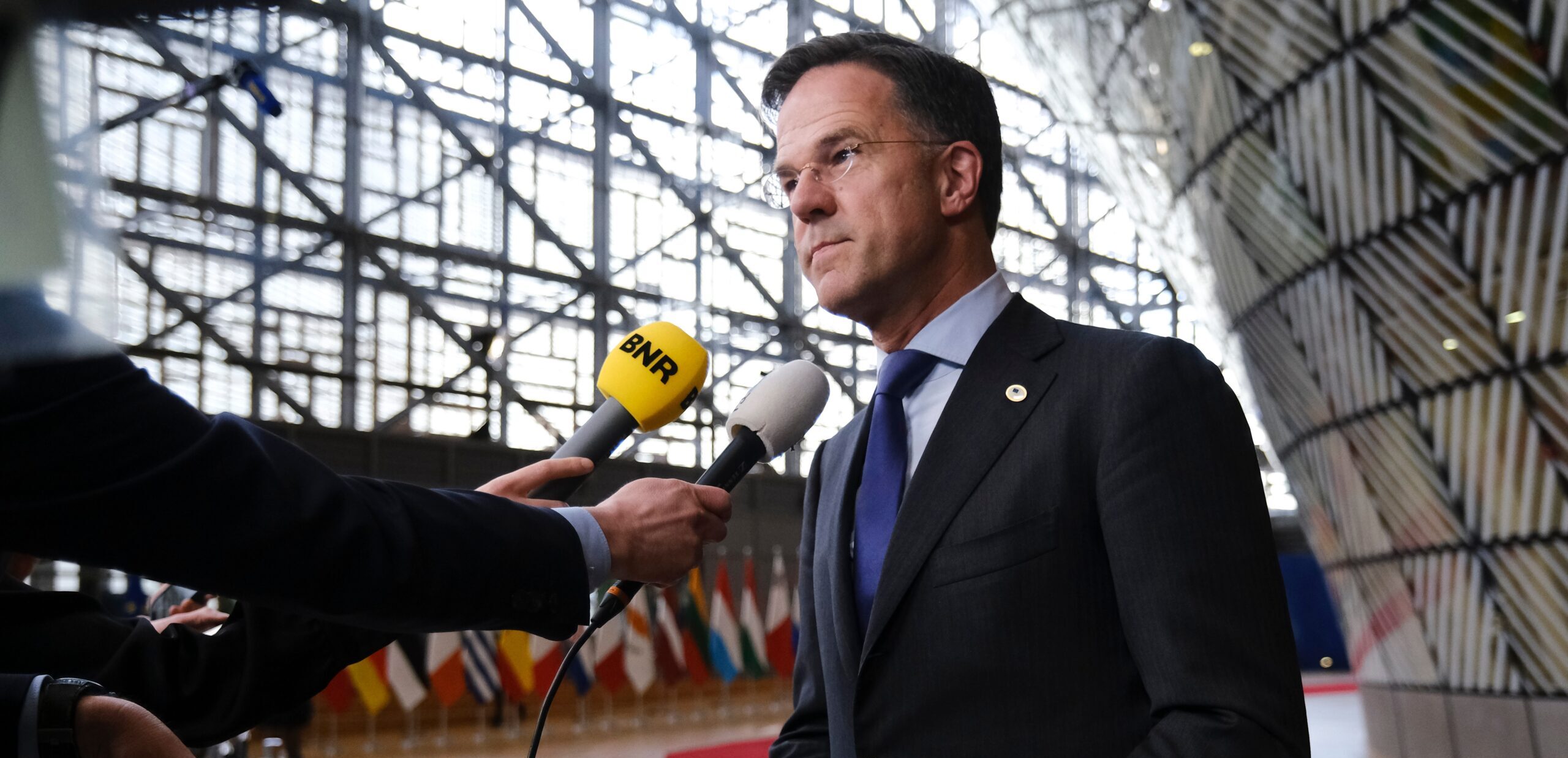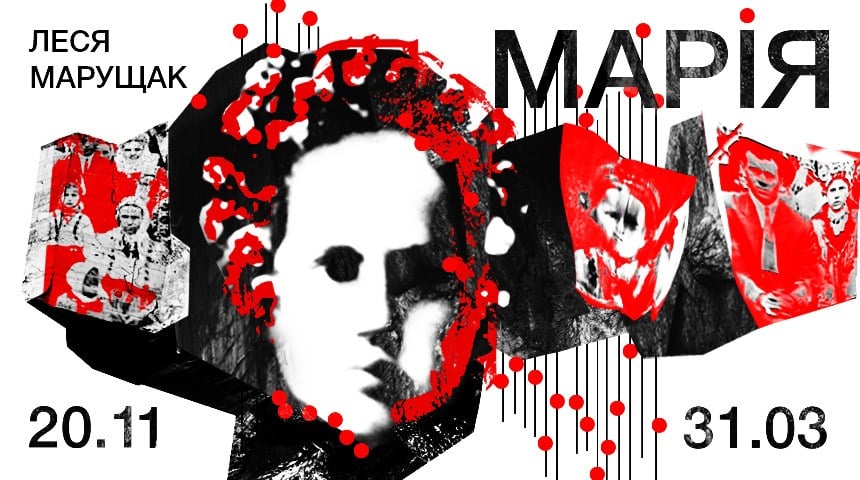
On November 20, 2020, Lesia Maruschak’s exhibition, “MARIA” will be presented at the Holodomor Museum in Kyiv. This world-famous exhibition on the Holodomor genocide has been presented in over 9 countries and is now being displayed in Ukraine for the first time.
The exhibition will be open from November 20, 2020, to March 31, 2021, thanks to the support of the Ukrainian World Congress. The livestream will be available on Facebook
Keynote speakers:
Olesya Stasiuk – General Director of the National Museum of the Holodomor Genocide;
Serhiy Kasyanchuk – Director of the UWC Mission to Ukraine;
Larisa Galadza – Ambassador Extraordinary and Plenipotentiary of Canada to Ukraine
Invited speakers :
Vasyl Bodnar – Deputy Minister for Foreign Affairs of Ukraine;
Volodymyr Sheiko – General Director of the Ukrainian Institute.
The author, Lesya Maruschak, will take part in the opening via video.
EXHIBITION “Maria” is a mobile memorial space that bolsters the memory of the victims of the Holodomor of 1932-1933 and contributes to dialogue on social justice and human rights. At the centre of the exhibition is the image of a girl, Maria, who, despite the intention of Stalin, survived, unlike millions of other victims of the Soviet genocide in Ukraine.
The artist’s works convey an emotional and rational response to this atrocity, constructed on the basis of a study of the stories of Holodomor survivors. These stories are common in the Ukrainian Canadian community, where the artist was born and raised.
In September 2020, The Guardian published a photo of “Project Maria” in an article about the best photographs from the Landskrona Festival. The book “Maria,” which is based on the exhibition, was shortlisted for the Book Awards at the Rencontres d’Arles in France (2019) and won the award for best design at the International Book Arsenal Festival in Kyiv (2019).
LESIA MARUSCHAK – a research-based artist, whose work examines memory and identity, using sensuality and visuality to awaken deep emotions. Her work has been featured at the Metropolitan Museum of Art, the Maison Européenne de la Photographie in Paris, the Boston Athenaeum, Stanford University, Columbia University, and the Library of Congress.
The exhibition was made possible by the International Coordinating Committee for Holodomor Awareness and Recognition of the Ukrainian World Congress (UWC), which works with the international community to have the Holodomor of 1932-33 formally recognized as genocide, counter misinformation, and raise awareness about the Holodomor around the world.


